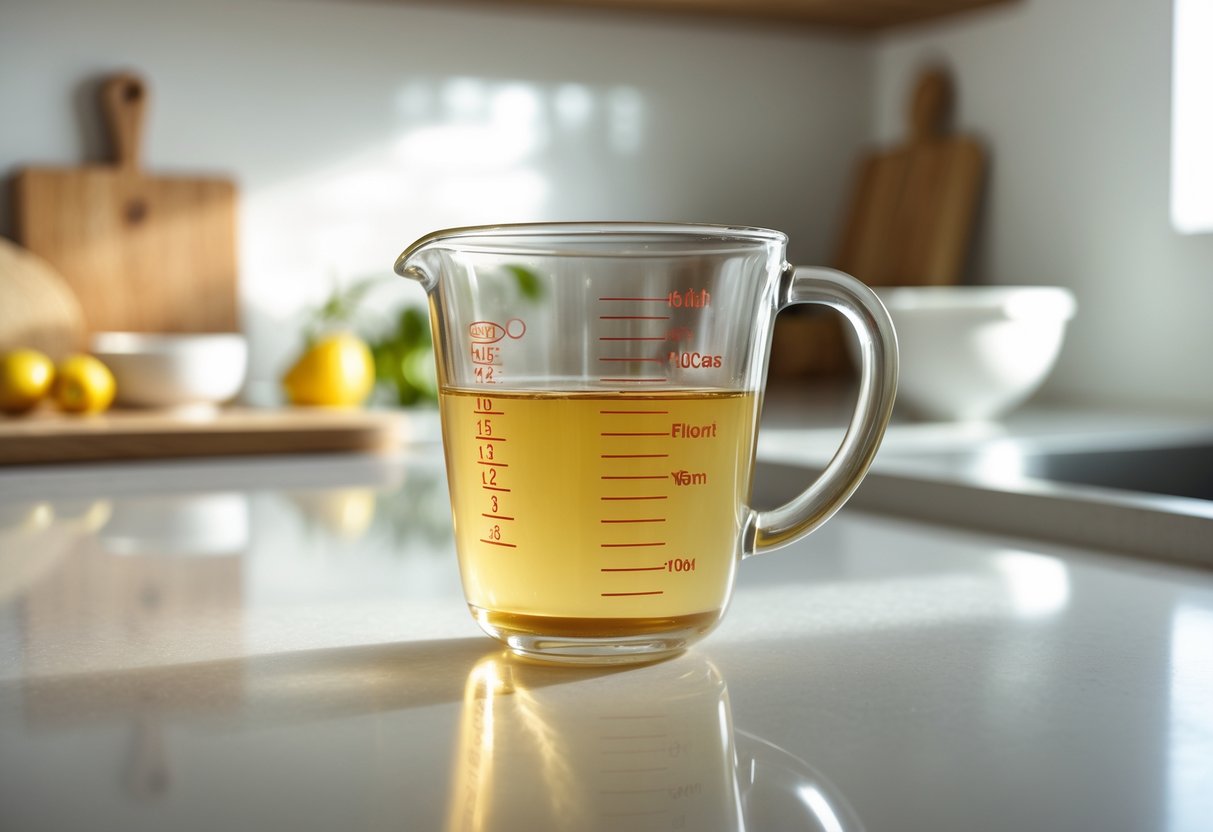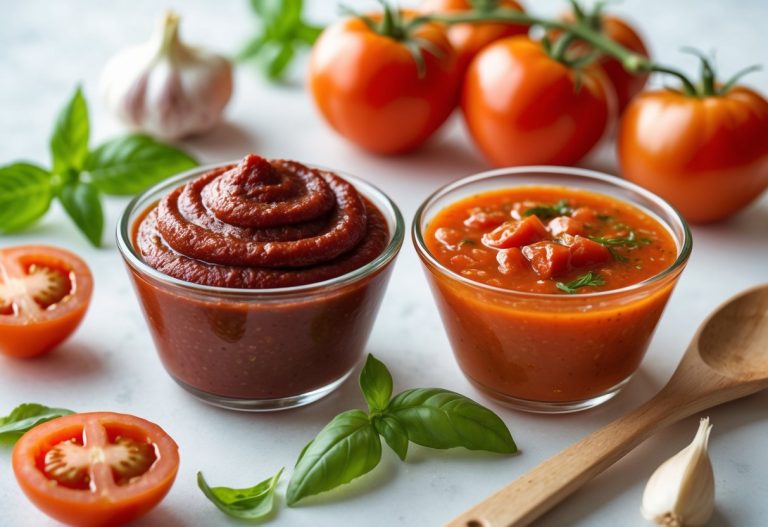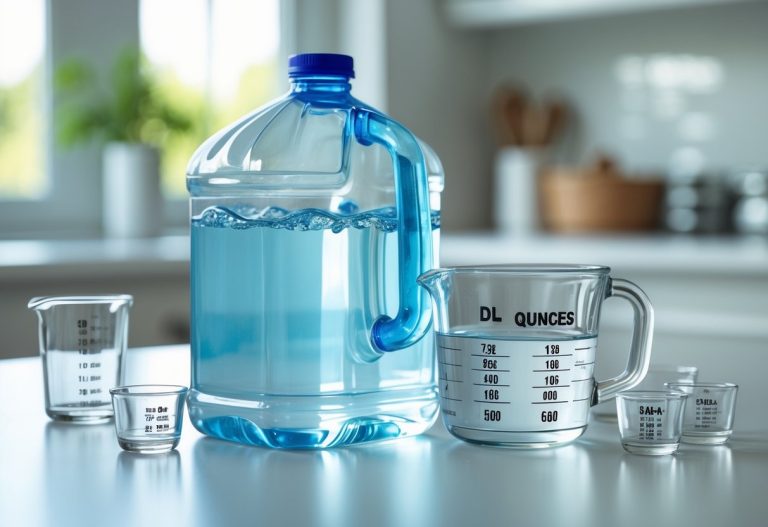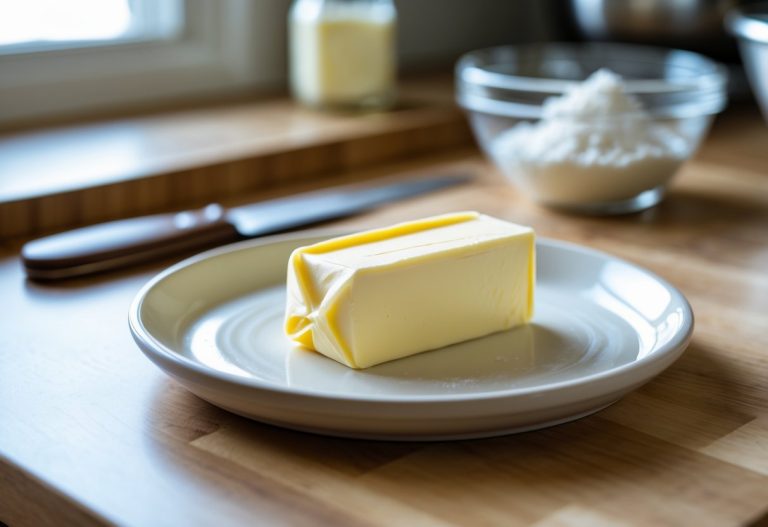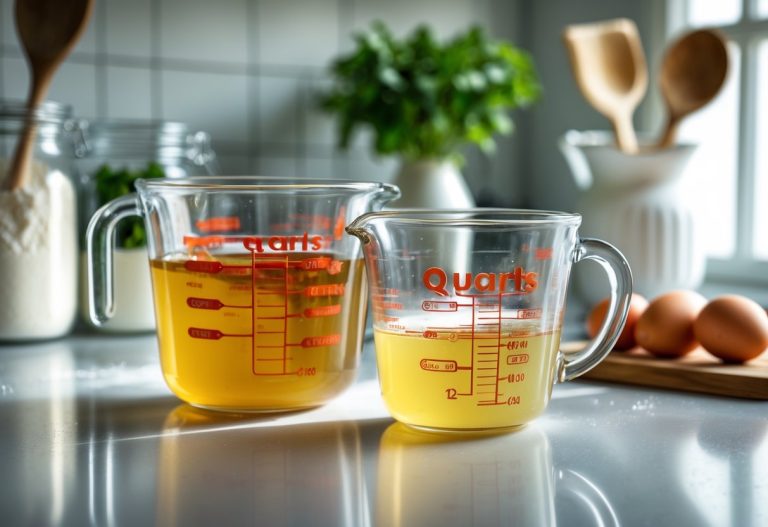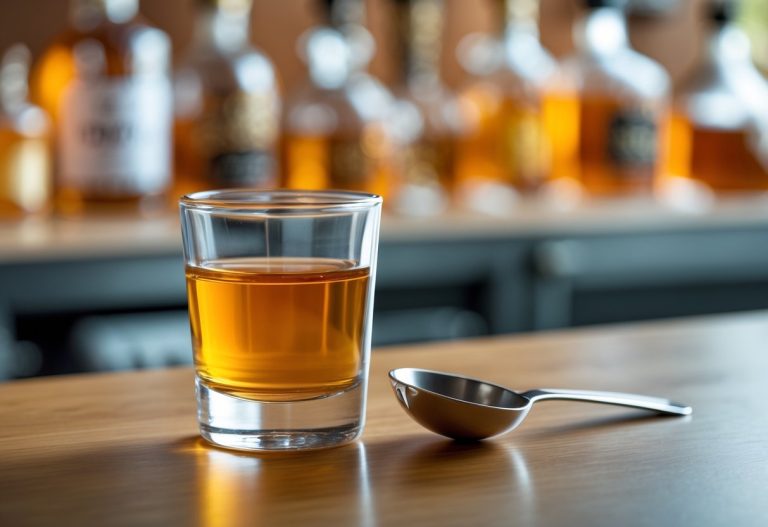3/4 Cup Doubled Made Easy for Your Recipes
If you need to double 3/4 cup in a recipe, it’s easier than you might think. Doubling 3/4 cup gives you 1 1/2 cups. This straightforward math can save you time and help you avoid mistakes in the kitchen.
Knowing how to double measurements is useful, especially when cooking for more people or adjusting recipes to fit your needs. With this simple trick, you can quickly adjust ingredients without needing a calculator.
Whether you’re baking or cooking, understanding how to handle measurements like 3/4 cup doubled will make your kitchen work smoother. Keep reading to get more tips on doubling other common measurements and making your cooking easier.
How to Double 3/4 Cup Accurately

Doubling 3/4 of a cup means you will end up with 1 1/2 cups. This is helpful when you want to increase servings or adjust recipes, especially in baking. Knowing how to measure and calculate this correctly ensures your ingredients blend well.
Understanding Standard Measurements
A standard cup holds 8 fluid ounces or about 240 milliliters. Since 3/4 cup is three-quarters of this, it equals 6 fluid ounces. When you double 3/4 cup, you multiply the amount by two, getting 1 1/2 cups or 12 fluid ounces.
In baking, exact measurements matter. Using measuring cups marked clearly can help avoid mistakes. Dry ingredients like flour and sugar should be levelled off, while liquid ingredients can be measured using a clear cup with markings.
Simple Doubling Method
To double 3/4 cup, you multiply the numerator (3) by 2, while keeping the denominator (4) the same. This gives 6/4, which simplifies to 1 1/2 cups.
You can also think of it as two 3/4 cups added together:
- 3/4 + 3/4 = 6/4 = 1 1/2 cups.
Use a 1-cup plus a 1/2-cup measure or a single 1 1/2 cup measuring cup to be precise.
Common Ingredients for Doubling 3/4 Cup
Doubling 3/4 cups works the same for many common ingredients like flour, sugar, milk, or oil. For baking, using 1 1/2 cups of flour instead of 3/4 cup doubles the recipe servings.
Some sticky ingredients like honey or peanut butter might be harder to level but use the same volume measure. Dry ingredients should be spooned into the cup and leveled off to avoid packing too much.
For liquids, use a clear measuring cup on a flat surface for accuracy. This way, your doubled 1 1/2 cups will match the recipe’s needs.
Tips for Doubling Baking Recipes

When you double a recipe, some ingredients need special care to keep your baked goods tasting right. You’ll want to handle leavening agents carefully and follow good baking habits to get the best results.
Adjusting Baking Powder and Baking Soda
Baking powder and baking soda are chemicals that make your baked goods rise. When you double a recipe, do not always double these ingredients exactly. Too much can cause a bitter taste or make your baked goods rise too fast and then collapse.
A good rule is to use about 1.5 times the amount of baking powder or soda instead of doubling. For example, if the original calls for 1 teaspoon, use 1.5 teaspoons when doubling.
Pay special attention to baking soda because it reacts with acidic ingredients. Using too much can also affect the texture, making it dense or crumbly.
Best Practices for Anytime Baking
When you double recipes, keeping things consistent is key. For ingredients like flour, sugar, and dairy, doubling is usually straightforward. But other factors matter too.
Always mix your ingredients well to make sure they are evenly combined.
Baking times usually stay the same, but if your batter is in a bigger pan, start checking a few minutes earlier.
For some recipes, it might be better to make two batches instead of doubling everything at once. This helps keep baking time and temperature consistent.
Salt is another ingredient to watch. Try increasing it only slightly when doubling, as too much salt can overpower the flavor.
